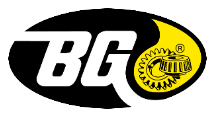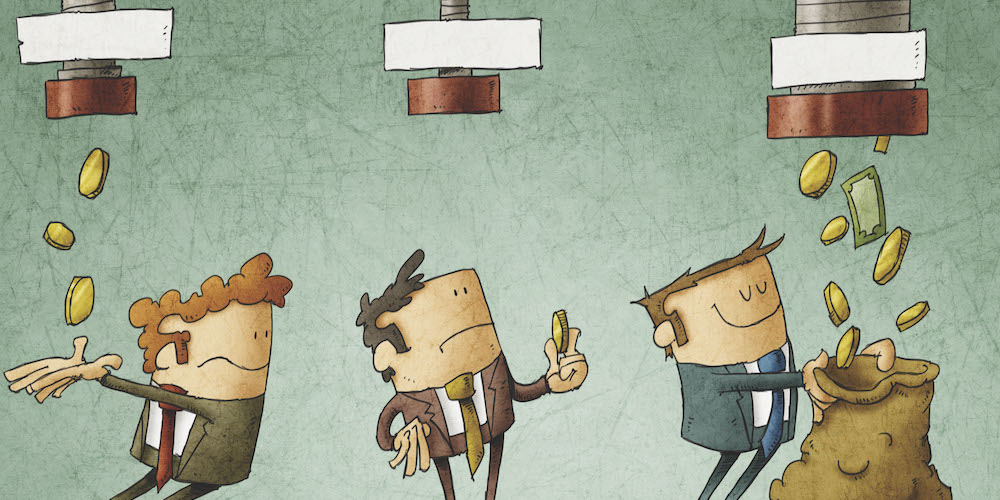
The primary purpose of a professional service advisor is to sell service, or as Scott Russeau puts it, “inspire your guest to invest!”
Earlier this year, I attended one of Russeau’s energy-packed workshops. (Okay, it wasn’t a workshop as much as it was a workout!) Russeau is passionate about giving dealership customers a positive, consistent, predictable service drive experience—one that focuses on educating customers and inspiring them to invest in themselves by investing in their cars.
Before we unpack the process, let me tell you a little bit about the man. Russeau, a high-performance fixed ops trainer and coach is as comfortable on the service drive as he is in the classroom. His credibility comes from experience: in the trenches as a technician, on the front lines as a service advisor, in leadership as a fixed ops director, and at the top as a general manager. He gets it, because he’s done it!
Here are five takeaways from the workshop that, if implemented, will have an immediate impact on your service sales success and hence, your bottom line:
Inspire Your Guest to Invest
Inspire – Not pressuring, not begging, not arm twisting, but clearly educating, communicating, offering, and asking. A guest who is inspired takes action; they purchase.
Guest – An honored, unique person that invested their time and energy to enter your service center. “Of all the places they could have taken their car, literally thousands of service centers across America, they chose you,” Russeau said.
Just like a guest in your home, folks on the service drive deserve your highest respect and your undivided attention. You’ve got to treat them like family. They are why you came to work; without them, you are out of business.
Invest – Informing your guests about their vehicle needs and selling tech-recommended service is not something you do to your guests, it’s something you do for them. When they invest in brake pads and a brake fluid exchange, they receive increased safety and stopping reliability in return.
Inspiring your guests to invest in their vehicle is done for the benefit of your guests. They get a greater blessing by having a safe, reliable, trouble-free vehicle that gives power, performance, and that is fun to drive. And don’t forget about saving money. Maintenance is always cheaper than repair, and fuel economy is best when a vehicle is well-maintained. What a great return on their investment!
As an automotive professional, you are in business to make money. So here’s the win-win: the more tech-recommended maintenance and repair that you sell, the more money you make—and the more money your guests save.
System Selling
Russeau warned against offering service a la carte when presenting an estimate. Don’t quote a left outer tie rod for $200 and an alignment for $100; rather quote the suspension “system” repair for $300. You wouldn’t do one without the other, so keep it simple and quote it that way.
“You’re not selling parts (the rods) and labor (time),” Russeau said, “You are selling safety, peace of mind, a smoother ride, reliable vehicle control, and driver confidence.”
Package Pricing Technique
This is similar to system selling, but it is a comprehensive price quote that includes the primary concern and related items, immediate safety needs, and recommended maintenance. The process is used when organizing and presenting the results of the multipoint inspection to the customer.
First, the advisor organizes the tech recommendations into three categories: primary and related concerns, immediate needs, and recommended maintenance. Next, he reviews each item with the customer. Lastly, he quotes one price for the entire package.
If the customer says yes, you communicate with the tech and he gets to work. If you get hit with a price objection, then “sell up” (read on).
The Sell-Up Process
The priorities are:
1. Primary and related concerns
2. Immediate safety needs
3. Recommended maintenance
Sell up (from bottom to top) means you might drop recommended maintenance from your price quote, but then you would move related maintenance items up to item #1. For example, if the primary concern was hot air blowing out of the A/C, you would move cabin air filter replacement from the recommended maintenance category up to the primary concern category because it is a related item.
Likewise, if the technician finds a weak, corroded battery, then battery replacement becomes an immediate safety concern. Therefore, you would move battery protection pads and terminal cleaning up from the recommended maintenance category to the immediate safety needs category because it is related to the safety concern.
To clarify, let’s say our original quote included a cabin air filter, a battery service, an alignment, and a transmission fluid exchange in the recommended maintenance category. By selling up, you still get the cabin air filter and the battery service, even though you drop the other maintenance items. The package price drops and yet you still retain two services you would not have had if you hadn’t sold up.
Related, Immediate, Maintenance (RIM)
The RIM process has been around for decades, but Russeau’s twist on the process brings a fresh approach to RIM…with amazing results. I’ll fully explain RIM in detail in a future article. For now, I want to leave you with a simple yet effective word track Russeau has crafted to “inspire your service guest to invest.”
“Related to your original concern(s) for your vehicle, your technician has found that your vehicle needs…”
“From the multi-point inspection we discussed earlier, we found a few items that require your immediate attention.”
“Last but certainly not least, your technician has asked me to talk to you about the following maintenance needs…”
“So to take care of everything related to the original concern, all the items that require immediate attention and your maintenance needs, your total investment is $____. May we please take care of that for you today?”





